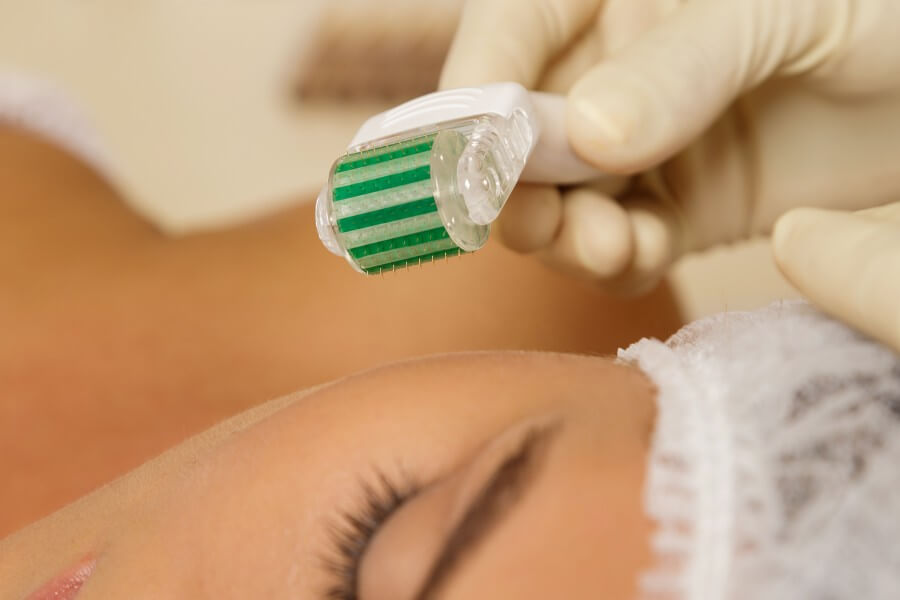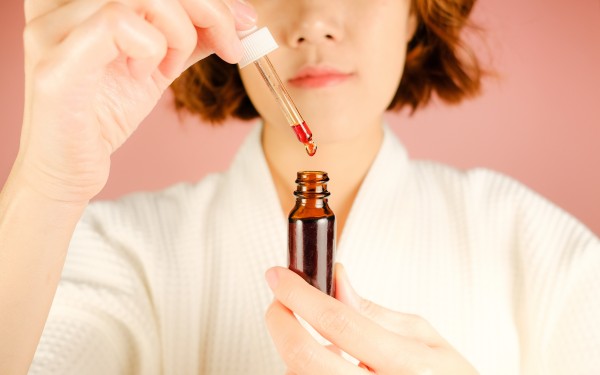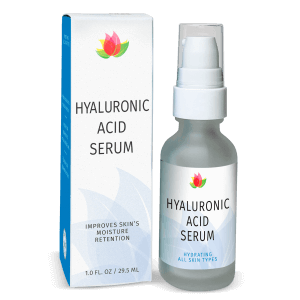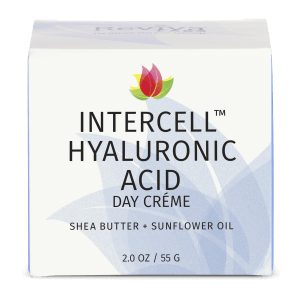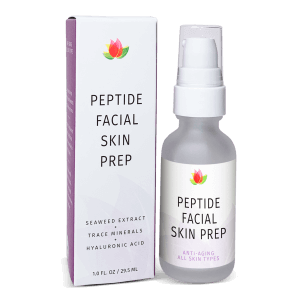Ingredients, Natural, Reviva Labs, Skin Care
Will Microneedling Reduce Pore Size?
Microneedling, a revolutionary skincare treatment, has gained immense popularity in recent years for its potential to address a wide range of skin concerns. Among these, large pores stand as a common complaint from many seeking smoother, more refined skin. This minimally invasive procedure, which involves creating tiny punctures in the skin using fine needles, aims to rejuvenate the skin by stimulating collagen production. But does it truly deliver on the promise of reducing pore size? Let’s delve into the details.
Understanding Pores and Their Function
Before we explore the efficacy of microneedling in reducing pore size, it’s important to understand what pores are and their role in skin health. Pores are small openings on the surface of the skin that house hair follicles and sebaceous glands, which produce sebum, the skin’s natural oil. While essential for maintaining skin hydration and health, excessive sebum production or accumulation of dead skin cells can make pores appear larger. Factors such as age, genetics, and environmental influences also play a part in pore size.
The Science Behind Microneedling
Microneedling works on the premise of inducing controlled injury to the skin, prompting the body’s natural healing process. This process leads to the production of collagen and elastin, two proteins vital for skin elasticity and firmness. By improving the skin’s texture and integrity, microneedling can, in theory, contribute to the appearance of smaller pores by making them less noticeable and refining the skin’s overall appearance.
Collagen and Skin Elasticity
Collagen is the most abundant protein in the skin, providing structure and support. As we age, collagen production decreases, leading to signs of aging such as fine lines, wrinkles, and enlarged pores. By stimulating collagen production, microneedling can enhance skin firmness and elasticity, potentially reducing the visibility of pores.
Research and Evidence
Several studies have investigated the effects of microneedling on the skin. A study published in the “Journal of Clinical and Aesthetic Dermatology” found that participants who underwent microneedling treatments experienced significant improvements in skin texture and pore size reduction. The study highlights microneedling’s potential to improve skin appearance by enhancing collagen and elastin production.
Microneedling Procedure: What to Expect
The microneedling procedure is relatively straightforward but should always be performed by a qualified skincare professional. A topical numbing cream is usually applied to minimize discomfort, followed using a microneedling device to create tiny punctures in the skin. The procedure typically takes about 30 minutes to an hour, depending on the treatment area. Post-treatment, patients may experience redness and swelling, which generally subside within a few days.
Post-Treatment Care and Results
Aftercare is crucial to ensure optimal healing and results. Patients are advised to avoid direct sunlight and use gentle skincare products to soothe and protect the skin. While some may notice an improvement in skin texture and pore size shortly after treatment, the best results are often seen after multiple sessions, as collagen production increases over time.
Microneedling Benefits Beyond Pore Reduction
Beyond its potential to reduce pore size, microneedling offers a myriad of other skincare benefits. It’s been shown to improve the appearance of acne scars, fine lines, wrinkles, and hyperpigmentation. By promoting a healthier, more youthful skin complexion, microneedling can be a valuable addition to a comprehensive skincare routine.
Customizable Treatments
One of the advantages of microneedling is its versatility. The procedure can be customized to target specific skin concerns by adjusting the needle depth and treatment intensity. This customization makes microneedling suitable for various skin types and conditions, enhancing its appeal as a personalized skincare solution.
Combining Microneedling with Other Treatments
For those seeking even more pronounced results, microneedling can be combined with other skincare treatments. Hyaluronic acid serums or vitamin-rich topical treatments applied immediately after microneedling can penetrate deeper into the skin, maximizing their benefits. However, it’s essential to consult with a skincare professional to determine the most suitable treatment combination for your skin type and concerns.
Safety and Considerations
While microneedling is generally considered safe for most skin types, it’s not suitable for everyone. Individuals with active skin infections, certain skin conditions, or a history of poor wound healing may need to avoid the procedure. Always consult with a dermatologist or qualified skincare professional to assess your suitability for microneedling and discuss any potential risks.
Conclusion
Microneedling holds promising potential for those looking to reduce the appearance of enlarged pores, among other skin concerns. By stimulating natural collagen production, this treatment can improve skin texture and elasticity, making pores less visible. However, it’s important to have realistic expectations and understand that results may vary based on individual skin conditions and the number of treatments received. As with any skincare treatment, professional guidance is key to ensuring safety and achieving the best possible outcomes. With the right approach, microneedling can be a valuable tool in achieving a smoother, more radiant complexion.
For those considering microneedling, thorough research and consultation with a skincare professional are essential steps. By understanding the procedure, its benefits, and aftercare, individuals can make informed decisions about incorporating microneedling into their skincare regimen. In the quest for refined, youthful skin, microneedling offers a promising avenue worth exploring.



